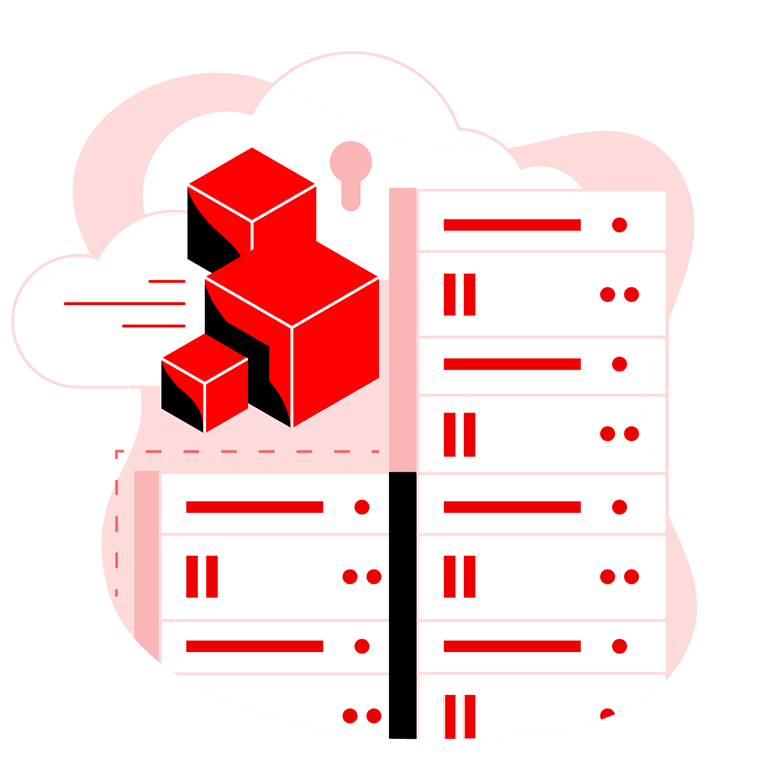Red Hat OpenShift features and benefits
What are Red Hat OpenShift features and benefits?
Red Hat® OpenShift® is the hybrid cloud application platform to modernize existing applications and accelerate new cloud-native application development and delivery at scale across any infrastructure.
TrustRadius awarded Red Hat Openshift Best Feature Set in 2023 based on customer feedback.
Who uses Red Hat OpenShift?
Red Hat OpenShift gives developers a single, consistent user experience and the freedom to quickly build and deploy apps anywhere using the tools they want. By developing on an application platform powered by Kubernetes instead of coding to the specifics of their existing infrastructure, developers can automate once and run anywhere, whether they are on-premise, on a public cloud, or using a hybrid infrastructure.
By choosing Red Hat OpenShift, business leaders help their operations teams focus on managing workloads, while helping developers deploy code the way they want to. Red Hat OpenShift gives teams a consistent user experience and a single platform on which to deploy and scale digital products and services across the hybrid cloud. Teams only need to learn 1 interface, regardless of where Red Hat OpenShift is deployed, making it faster and easier to make changes and get apps up and running.
Red Hat OpenShift is focused on security needs and makes deploying and managing container platforms easier. With integrated platform monitoring and automated maintenance operations and upgrades built in, Red Hat OpenShift gives IT operations teams the control, visibility, and management they need to deploy, manage, and build code pipelines with ease.
Red Hat OpenShift gives developers a single, consistent user experience and the freedom to quickly build and deploy apps anywhere using the tools they want. By developing on a complete application platform powered by Kubernetes instead of coding to the specifics of their existing infrastructure, developers can automate once and run anywhere, whether they are on-premise, on a public cloud, or using a hybrid infrastructure.
Platform engineers can build and manage internal developer portals (IDPs) with self-service and automated operations. Red Hat OpenShift offers integrated tools and workflows to provide a consistent, efficient, and effective development experience for modern application platform requirements and practices.
What's included with Red Hat OpenShift?
Red Hat OpenShift includes a fully compliant instance of upstream Kubernetes and is tested with dozens of technologies. Red Hat OpenShift ships with Red Hat Enterprise Linux® CoreOS and supports Red Hat Enterprise Linux for worker nodes and standard Docker and CRI-O runtimes for containers managed by Kubernetes.
Scalability
Apps running on Red Hat OpenShift can scale to thousands of instances across hundreds of nodes in seconds.
Flexibility
Red Hat OpenShift simplifies deployment and management of a hybrid infrastructure, giving you the flexibility to have a self-managed or fully managed service, running on-premise or in cloud and hybrid environments. Your organization can also invest its AWS or Microsoft Azure committed spend on Red Hat products and services.
Open source standards
Red Hat OpenShift incorporates Open Container Initiative (OCI) containers and Cloud Native Computing Foundation-certified Kubernetes for container orchestration, in addition to other open source technologies.
Container portability
Container images built on the OCI industry standard ensure portability between developer workstations and Red Hat OpenShift production environments.
Enhanced developer experience
Red Hat OpenShift offers a comprehensive set of developer tools, multilanguage support, and command line and integrated development environment (IDE) integrations. Features include continuous integration/continuous delivery (CI/CD) pipelines based on Tekton and third-party CI/CD solutions, service mesh, serverless capabilities, and monitoring and logging capabilities.
Automated installation and upgrades
Automated installation and over-the-air platform upgrades are supported in cloud with Amazon Web Services, Google Cloud Platform, IBM Cloud, and Microsoft Azure, and on-premise using vSphere, Red Hat OpenStack® Platform, Red Hat Virtualization, or bare metal. Services used from the OperatorHub can be deployed fully configured and are upgradable with 1 click.
Automation
Streamlined and automated container and app builds, deployments, scaling, health management, and more are included.
Edge architecture support
Red Hat OpenShift enhances support of smaller-footprint topologies in edge scenarios that include 3-node clusters, single-node Red Hat OpenShift, and remote worker nodes, which better map to varying physical size, connectivity, and availability requirements of different edge sites. The edge use cases are further enhanced with support for Red Hat OpenShift clusters on ARM architecture, commonly used for low-power-consumption devices.
Multicluster management
Red Hat OpenShift with Red Hat Advanced Cluster Management for Kubernetes can easily deploy apps, manage multiple clusters, and enforce policies across clusters at scale.
Advanced security and compliance
Red Hat OpenShift offers core security capabilities like access controls, networking, and enterprise registry with built-in scanner. Red Hat Advanced Cluster Security for Kubernetes enhances this with security capabilities like runtime threat detection, full life cycle vulnerability management, and risk profiling.
Persistent storage
Red Hat OpenShift supports a broad spectrum of enterprise storage solutions, including Red Hat OpenShift Data Foundation, for running both stateful and stateless apps.
Robust ecosystem
An expanding ecosystem of partners provides a wide variety of integrations. Third parties deliver additional storage and network providers, IDE, CI, integrations, independent software vendor solutions, and more.
The OpenStack® Word Mark and OpenStack Logo are either registered trademarks / service marks or trademarks / service marks of the OpenStack Foundation, in the United States and other countries and are used with the OpenStack Foundation's permission. We are not affiliated with, endorsed or sponsored by the OpenStack Foundation or the OpenStack community.







